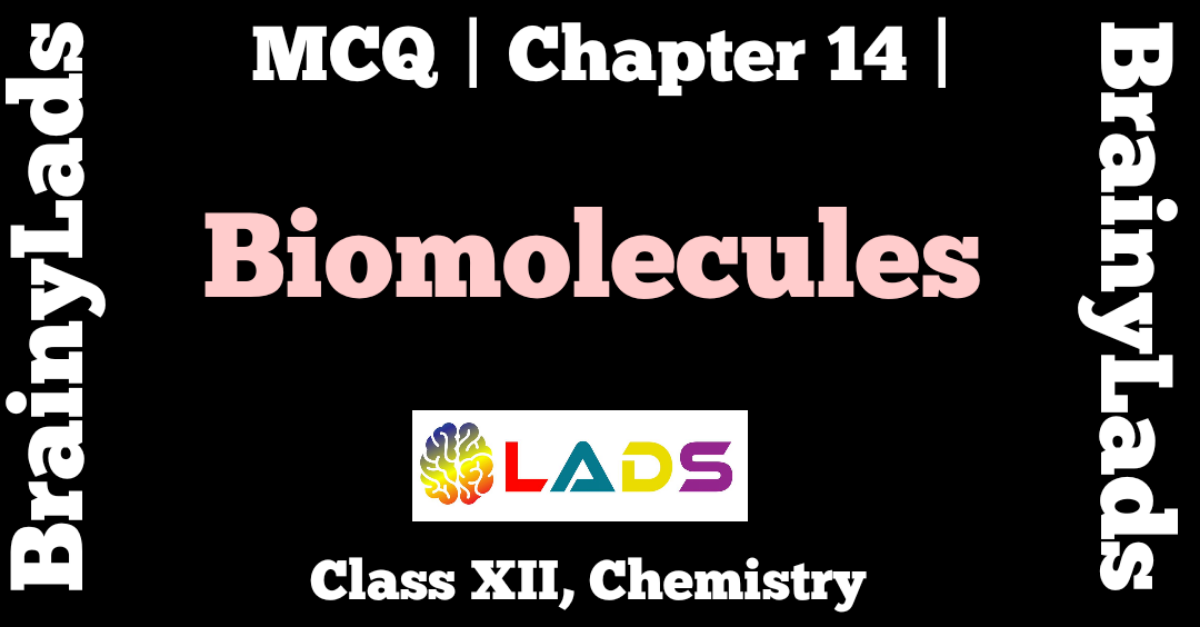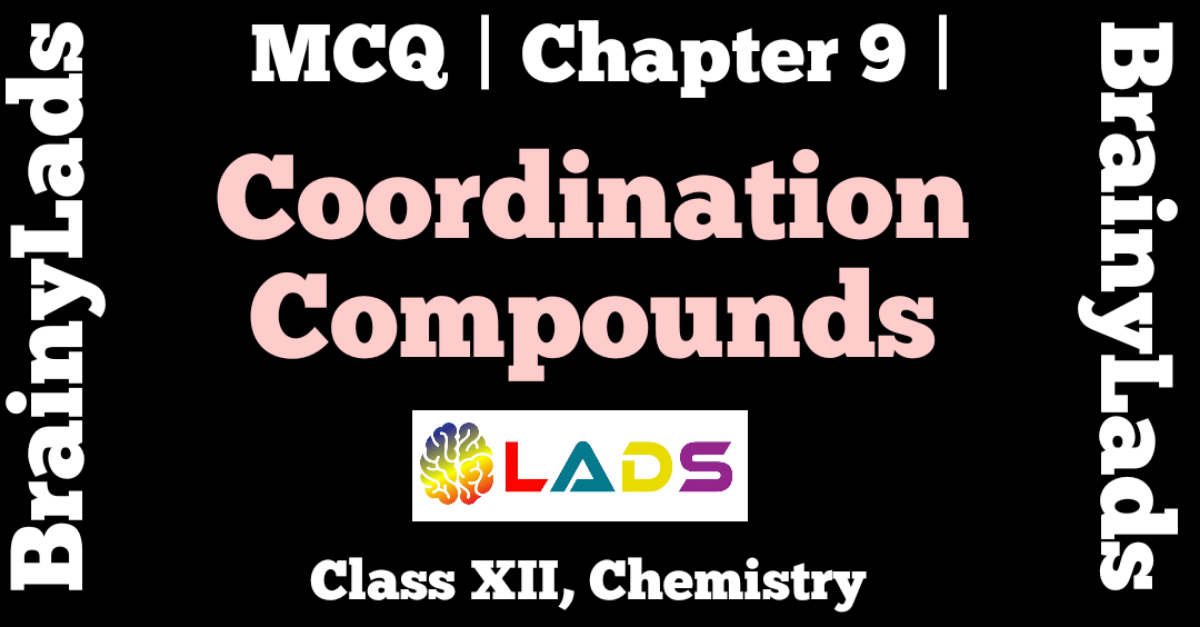MCQ of Electrochemistry | Chapter 3 | Chemistry | Class 12 | CBSE |
MCQ of Electrochemistry | Multiple Choice Questions of Electrochemistry
MCQ of Electrochemistry
Question 1: A standard hydrogen electrode has a zero potential because
- Hydrogen can be most easily oxidised
- Hydrogen has only one electron
- The electrode potential is assumed to be zero
- Hydrogen is the lightest element
Answer: C (The electrode potential is assumed to be zero)
Question 2: Fluorine is the best oxidising agent because it has
- Hydrogen electron affinity
- Highest reduction potential
- Highest oxidation potential
- Lowest electron affinity
Answer: B (Highest reduction potential)
Question 3: Which of the following is not an application of electrochemical series?
- To compare the relative oxidising and reducing power of substances
- To predict evolution of hydrogen gas on reaction of metal with acid
- To predict spontaneity of redox reaction
- To calculate the amount of metal deposited on cathode
Answer: D (To calculate the amount of metal deposited on cathode)
Question 4: Cell reaction is spontaneous, when
- Eºred is negative
- ΔGº is negative
- Eºoxd is positive
- ΔGº is positive
Answer: B (ΔGº is negative)
Question 5: The molar conductivity is maximum for the solution of concentration
- 0.004 M
- 0.002 M
- 0.005 M
- 0.001 M
Answer: D (0.001 M)
Question 6: When water is added to an aqueous solution of an electrolyte, what is change in specific conductivity of the electrolyte?
- Conductivity decreases
- Conductivity increases
- Conductivity remains same
- Conductivity does not depend on number of ions
Answer: A (Conductivity decreases)
Question 7: How much metal will be deposited when a current of 12 ampere with 75% efficiency is passed through the cell for 3 h? (Given : Z = 4 x 10 -4)
- 32.4 g
- 38.8 g
- 36.0 g
- 22.4 g
Answer: B (38.8 g)
Question 8: If 54 g of silver is deposited during an electrolysis reaction, how much aluminium will be deposited by the same amount of electric current?
- 2.7 g
- 4.5 g
- 27 g
- 5.4 g
Answer: B (4.5 g)
Question 9: How much electricity in terms of Faraday is required to produce 100 g of Ca from molten CaCl2 ?
- 1 F
- 2 F
- 3 F
- 5 F
Answer: D (5 F)
Question 10: When a lead storage battery is discharged ,
- lead sulphate is consumed
- oxygen gas is evolved
- lead sulphate is formed
- lead sulphide is formed
Answer: C (lead sulphate is formed)
You may also read MCQ of The Solid State, MCQ of Solutions, MCQ of Electrochemistry, MCQ of Chemical Kinetics, MCQ of Surface Chemistry, MCQ of General Principles and Processed of Isolation of Elements, MCQ of the p-Block Elements, MCQ of the d-And f-Block Elements, MCQ of Coordination Compounds, MCQ of Haloalkanes and Haloarenes, MCQ of Alcohols, Phenols and Ether, MCQ of Aldehydes, Ketones and Carboxylic Acids, MCQ of Amines, MCQ of Biomolecules, MCQ of Polymers, MCQ of Chemistry in Everyday Life
Question 11: The amount of chlorine evolved by passing 2 A of current in an aqueous solution of NaCl for 30 minute is
- 2.64 g
- 1.32 g
- 3.62 g
- 4.22 g
Answer: B (1.32 g)
Question 12: A galvanic cell has an electrical potential of 1.1 V. If an opposing potential of 1.1 V is applied to this cell, what will happen to cell reaction and current flowing through the cell?
- The reaction stops and no current flows through the cell
- The reaction continues but current flows in opposite direction.
- The concentration of reactants becomes unity and current flows from cathode to anode
- The cell does not function as galvanic cell and zinc is deposited on zinc plate
Answer: A (The reaction stops and no current flows through the cell)
Question 13: Specific conductance of 0.1 M NaCl solution is 1.01 x 10 -2 ohm-1 cm-1. Its molar conductance in ohm -1 cm2 mol-1 is
- 1.01 x 102
- 1.01 x 103
- 1.01 x 104
- 1.01
Answer:A (1.01 x 102)
Question 14: In an electrolytic cell, the flow of electron is
- From cathode to anode in the solution
- From cathode to anode through external supply
- From cathode to anode through internal supply
- From anode to cathode through internal supply
Answer: C (from cathode to anode through internal supply)
Question 15: Which of the following is not a non-electrolyte?
- Acetic acid
- Glucose
- Ethanol
- Urea
Answer: A (Acetic acid )
Question 16: In electrolysis of dilute H2SO4, what is liberated at anode?
- H2
- SO4 2-
- SO2
- O2
Answer: D (O2)
Question 17: Which of the following statements is correct regarding variations of molar conductivity with concentration?
- Molar conductivity decreases with decrease in concentration
- Variation in molar conductivity of weak and strong electrolyte is same
- Molar conductivity increases with decrease in concentration
- When concentration of the solution approaches zero, molar conductivity is known as conductance
Answer: C (Molar conductivity increases with decrease in concentration)
Question 18: The time required to liberate one gram equivalent of an element by passing one ampere current through its solution is
- 6.7 hrs
- 13.4 hrs
- 19.9 hrs
- 26.8 hrs
Answer: D (26.8 hrs)
Question 19: Electrical conductance through metals is called metallic or electronic conductance and is due to the movement of electrons. The electronic conductance depends on
- The nature and structure of the metal
- The number of valence electrons per atom
- Change in temperature
- All of these
Answer: D (all of these)
Question 20: The difference between the electrode potentials of two electrodes when no current is drawn through the cell is called….
- Cell potential
- Cell emf
- Potential difference
- Cell voltage
Answer: B (cell emf)
Do share the post if you liked it. For more updates, keep logging on BrainyLads



